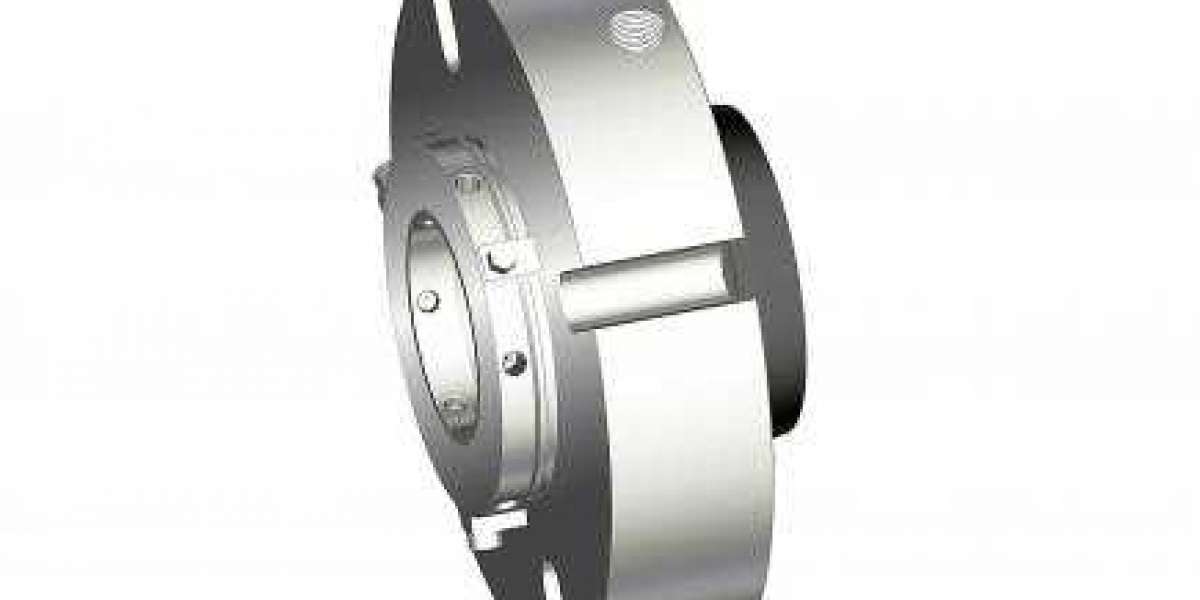The use of mechanical seals in high-pressure vessels is much more difficult than in medium and low-pressure vessels, mainly due to the high pressure. It's even harder if you encounter large diameters and high temperatures under high pressure. At high temperatures, the material is prone to plastic deformation or even creep, and the fastening bolts will loosen and leak easily. Undoubtedly, when designing the overall structure of the high-pressure vessel, the first consideration should be to reduce the diameter of the sealing port as much as possible, select the material with good strength that is not easy to loosen and deform at the design temperature, and then reasonably select the appropriate sealing structure to obtain reliable sealing. mechanical seal.

From the perspective of sealing principle and sealing structure, the general principles of high-pressure container mechanical sealing technology are as follows:
1. Metal gaskets are generally used. The specific pressure of the high-pressure sealing surface greatly exceeds the sealing specific pressure of the medium and low-pressure containers. Non-metallic gasket materials cannot achieve such a large sealing specific pressure. Commonly used metal gaskets for high-pressure vessels are annealed aluminum, annealed copper, or low carbon steel with good ductility.
2. Narrow face seals are used, and sometimes even narrow face seals evolve into line contact seals.
3. Try to use medium pressure to realize the self-tightening seal, because the self-tightening seal is more reliable and compact than the forced seal.
There are many types of high-pressure seals, which are divided into two categories: forced seals and self-tightening seals according to their working principles. Forced sealing relies on the pre-tightening force of the connector (bolt) to ensure a certain contact pressure between the top cover of the pressure vessel, the sealing element, and the end of the cylinder to achieve the purpose of sealing. Self-tightening sealing means that with the increase of the working pressure in the pressure vessel, the contact pressure between the sealing element and the top cover and the end of the cylinder also increases, so as to achieve the sealing effect. The characteristic of self-tightening seals is that the higher the pressure, the greater the pressing force of the sealing element between the contact surfaces, and the better the sealing performance. When the working conditions fluctuate, the seal is still reliable, but the structure is more complicated and the manufacturing is more difficult. Self-tightening seals can also be divided into axial self-tightening seals and radial self-tightening seals according to the deformation of the sealing element.
According to the properties of the sealing material, high-pressure seals can be divided into plastic seals that cause plastic deformation of the seal and elastic seals that cause elastic deformation of the seal.
At present, the commonly used mechanical seals for pressure vessels include flat gasket seals and Kazari seals; semi-self-tightening seals include double cone seals; self-tightening seals include wedge seals, wood seals, hollow metal O-ring seals, C-ring seals, B Ring seals, triangular gasket seal, octagonal gasket seal, flat gasket self-tightening seal, and rubber O-ring seal, etc.
The above is about the technology of mechanical seals in high-pressure containers. If you are interested in mechanical seals, please pay attention to our website. We are a professional mechanical seal company. The mechanical seals produced have stable performance and high quality.



